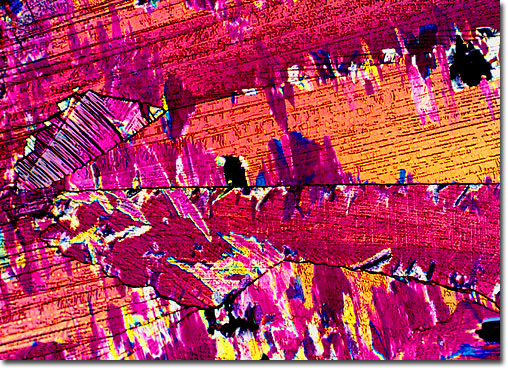|
Aldrin is used exclusively in the United States as a termiticide that also yields long residual control of most soil insects. Prior to 1974, aldrin and it's relative dieldrin were popular pesticides for crops like corn and cotton. However, concerns about the potential for damage to the environment and the potential hazards to human health led the Environmental Protection Agency (EPA) to ban all use of these chemicals except for the control of termites. Aldrin is a member of the organochlorine class of pesticides, among which many have now been banned completely. These chemicals are extremely toxic, very difficult to metabolize and are not biodegradable, thus making them almost impossible to eliminate from the environment.
|
